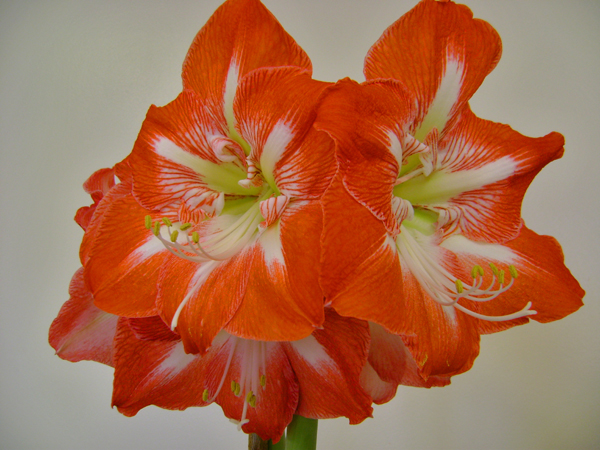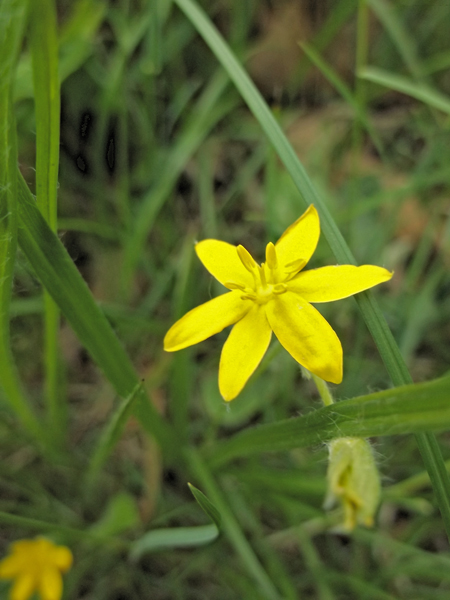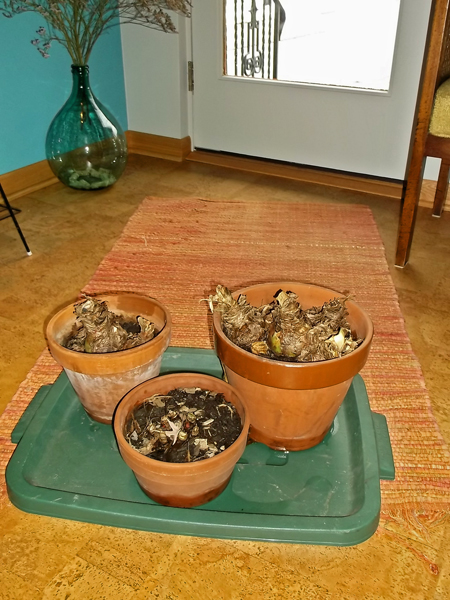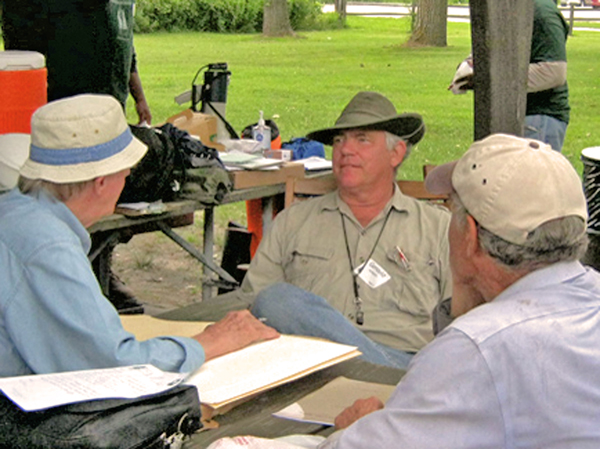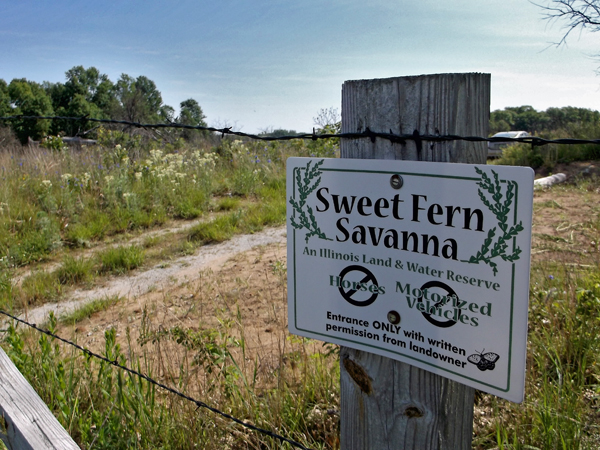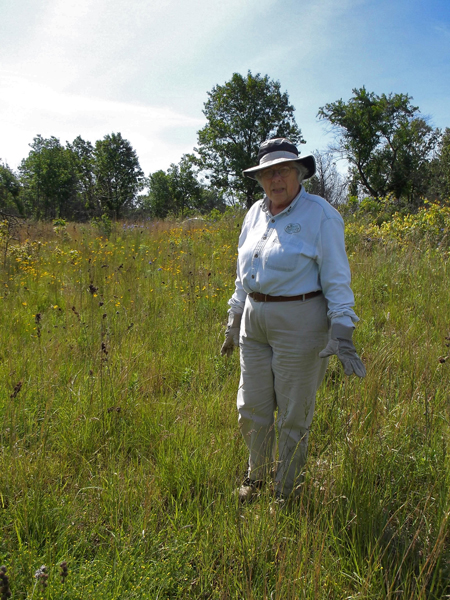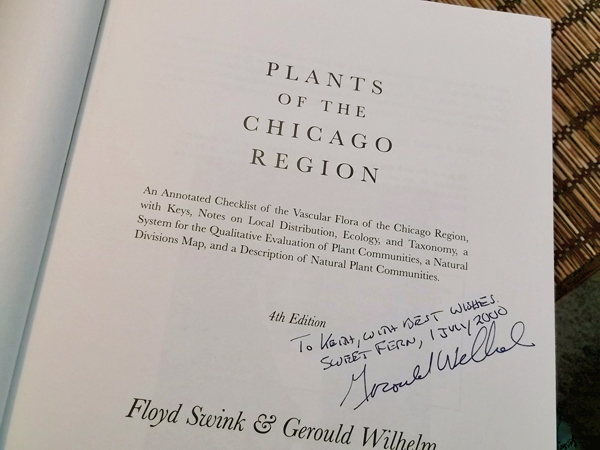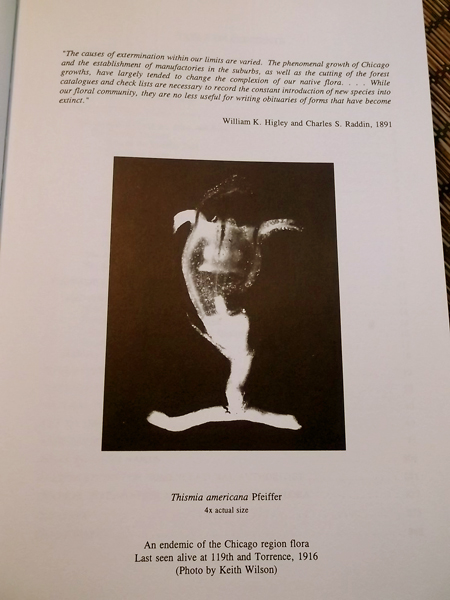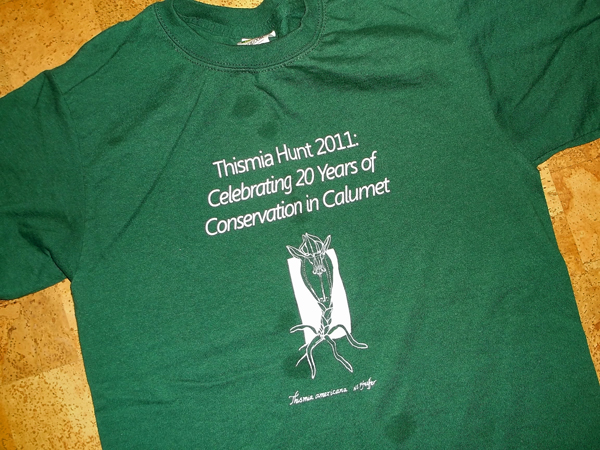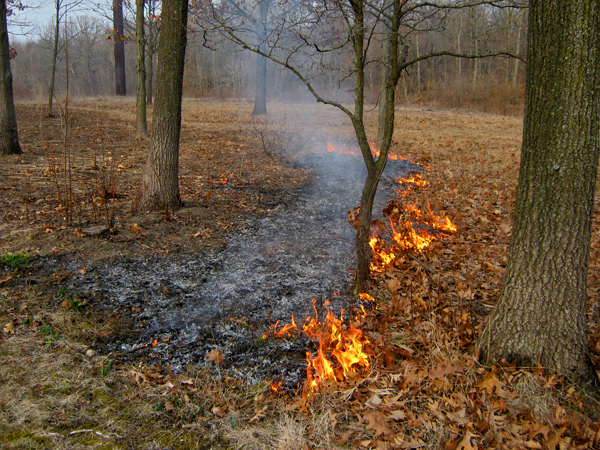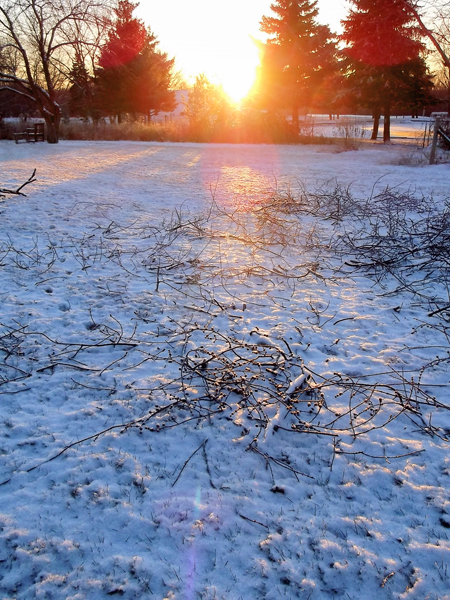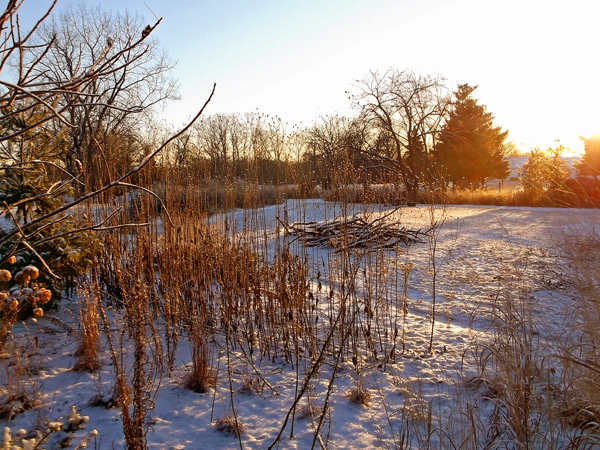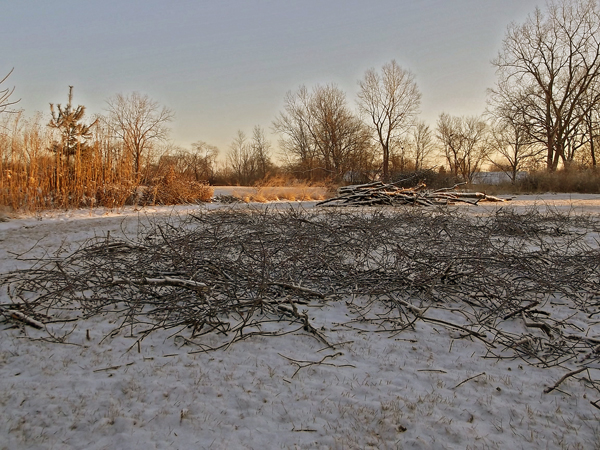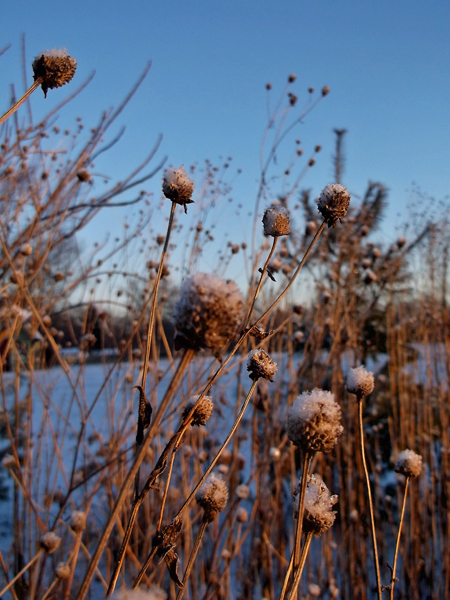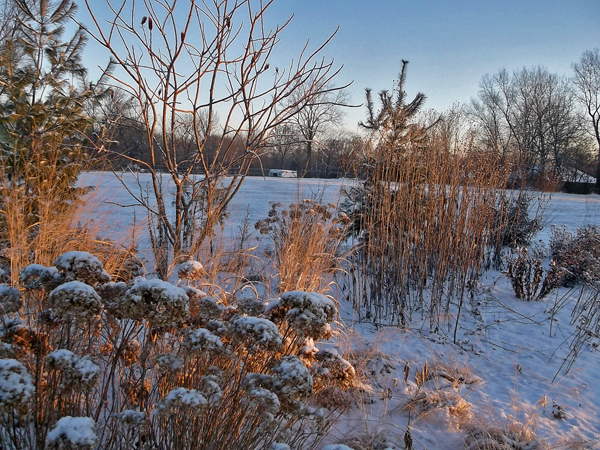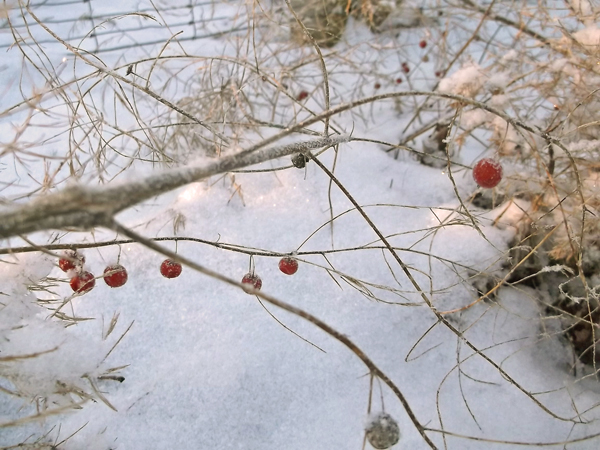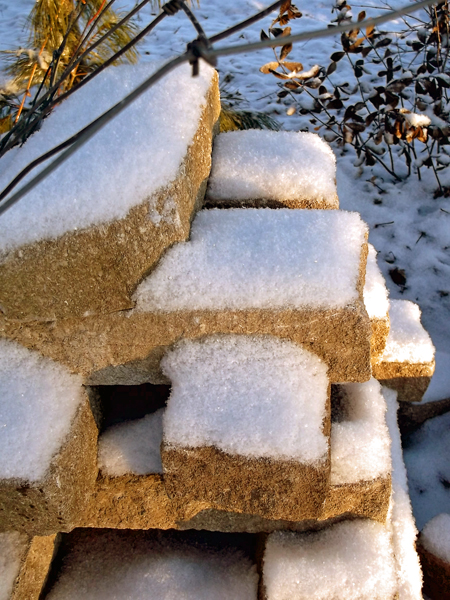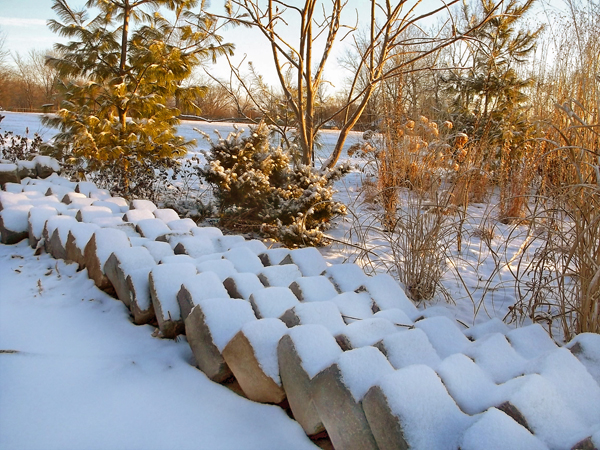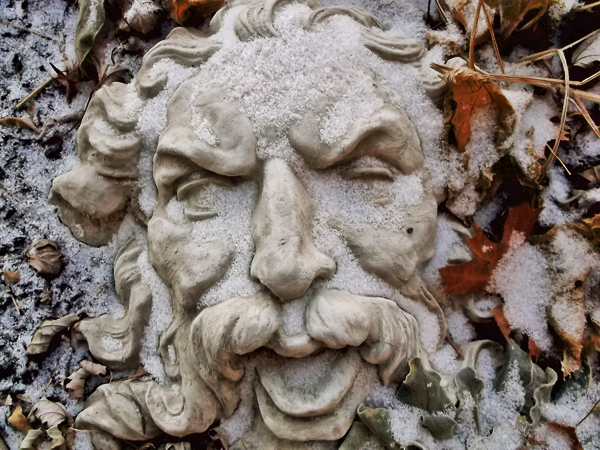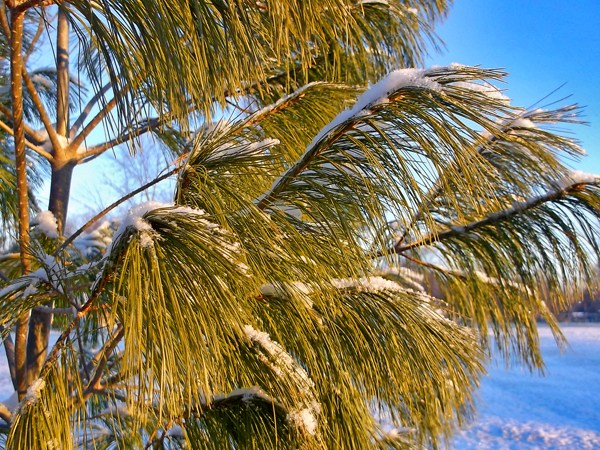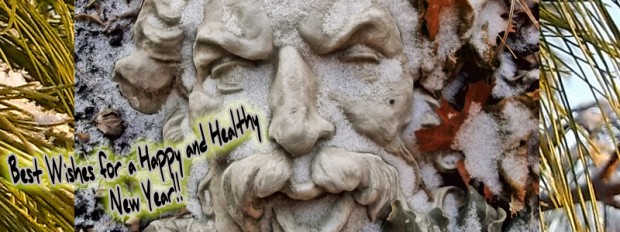Amaryllis bulbs are one of those fool-proof house plants, often given as hostess gifts at Thanksgiving dinners, with their hopeful boxes boasting pretty pictures of head sized flowers in shades red, pink, or white. The downside is, that lurking inside the box is an intimidating bulb, equally large – the size of a baseball. The person receiving the gift smiles, says “Thank you, how lovely,” and re-gifts it to their co-worker at Christmas. And that’s too bad, because these tropical flowers truly are easy to grow.
While the gangly bulb rolling around in the box may have been produced in Holland, the plant was originally found growing in tropical Central and South America, in poor often rocky soil, some are even “air plants” or epiphytes. True Amaryllis, Amaryllis belladonna, are native to South Africa, and look similar to the cold hardy (zones 5 to 9) Asian lily that gardeners call “Naked Lady,” Lycoris squamegera – both plants have smaller pink tubular flowers. The ones sold on the shelves of grocery stores, while in the amaryllis family, are actually in the genus Hippeastrum – not to be confused with Hypoxis hirsuta, or Yellow Star Grass, also in the amaryllis family, and native to the prairies and open woodlands of the Midwest:
Pretty cool, huh? Very impressive, beautiful and ….
… SMALL! The flowers are one half inch across, the plants are approximately four to six inches high. Fortunately, they are aware of this fact, and bloom early in the growing season when other plants are still short as well and pollinators can still find them – the photos above, were taken on June 2nd of 2013 in Will County, Illinois at a remnant savanna.
But, I digress. Those grocery store amaryllis – hope in a box. The bulbs, as I mentioned, are easy to get to bloom. Fill a water holding container with two inches of gravel (or glass florist gems), fill with water to the same level, place the newly purchased bulb on top of the water and gravel, then fill in around the bulb with more gravel so that 1/3 of the bulb is above the gravel and all of the bulb is above the water line. Place your creation in a sunny window, the roots of the bulb will grow down into the water, and leaves and a flower bud will emerge shortly. In in three to six weeks the eighteen inch tall flower stalk with be abloom (yes, that’s a word.) Keep the water level at just below the bulb, or the bulb will rot, rather than bloom – maybe not so fool-proof, and maybe you should have re-gifted it after all.
The bulbs could also be potted in soil – the pot should be just larger than the bulb itself and at least 1/3 of the bulb should be above the soil line. When first potted up, water well, from below preferably, then don’t water again until the first sign of growth occurs, then water approximately once a week. In a short time, you will be able to show off your efforts:
 In the photo above, the bulb is mostly above the soil line, not a problem. Also notice that the flower is staked to a piece of bamboo, this will help the top heavy flower from falling over.
In the photo above, the bulb is mostly above the soil line, not a problem. Also notice that the flower is staked to a piece of bamboo, this will help the top heavy flower from falling over.
When flowering, keep the plant out of the sun to extend the bloom time. When flowering has ended, cut off the flower stalk, and put the plant in full sun. Water the plant no more than once a week and place the plant outside after danger of frost has past.
When October arrives, stop watering the plants (or August 1st, if you want to have them bloom again for Christmas/ New Years Day/ pick your holiday) and move them into your basement or garage for six to eight weeks – the plants must not freeze, but don’t need sunlight while going dormant – I put mine in the garage until it gets too cold, then move them into the basement. They need to stay unwatered and in a dormant condition for six to eight weeks, before they can be coaxed into blooming again.
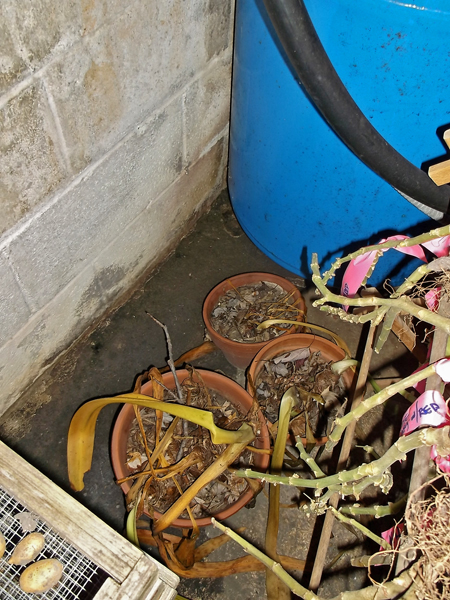
Pots of amaryllis bulbs that bloomed last March, keeping company with potatoes, canna tubers, calla lily corms, and bare root geraniums in a cold windowless room in my basement.
Six to eight weeks before you want them to bloom again, bring the plants into the sunlight and water them well. Pull or cut off any old leaves. Do not water again, until growth appears and/or the soil is dry to the touch.

Pots of amaryllis setting in buckets of water until the surface of the soil is moist to the touch, the pots are then removed from the buckets and set in a sunny window
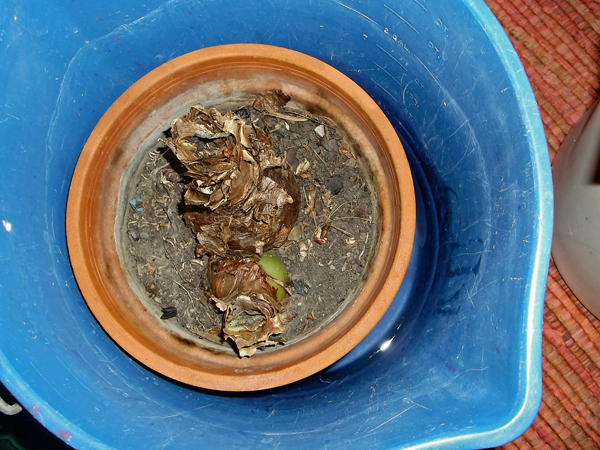
Plants just coming out of winter storage and set in a bucket of water until soil surface is moist – approximately four hours, then removed from bucket
Then the waiting game begins:
One year, in 2009, I forgot about the amaryllis in my basement until May. No water, no sunlight for six months. I brought them upstairs, watered them, and they couldn’t have been happier.

